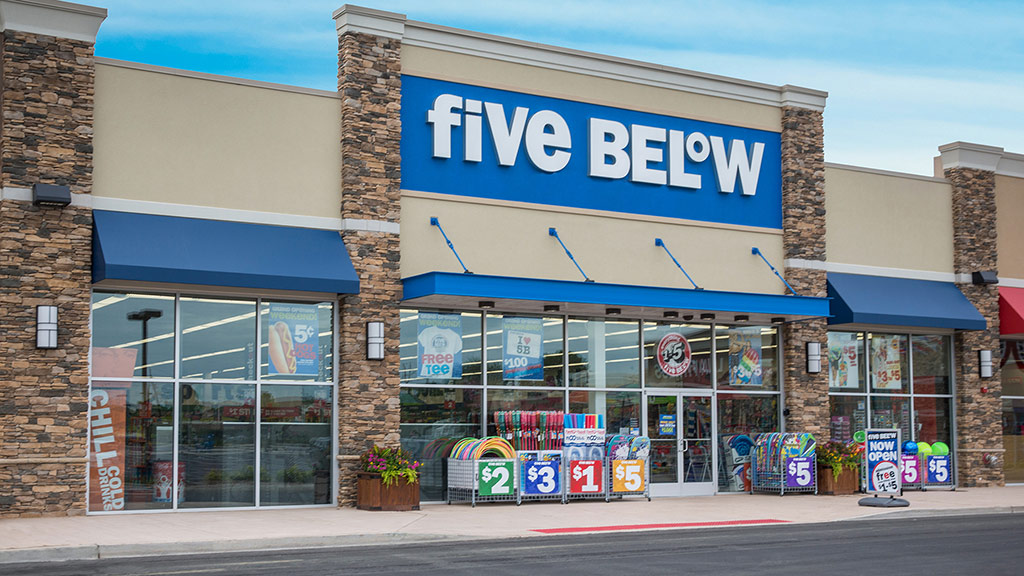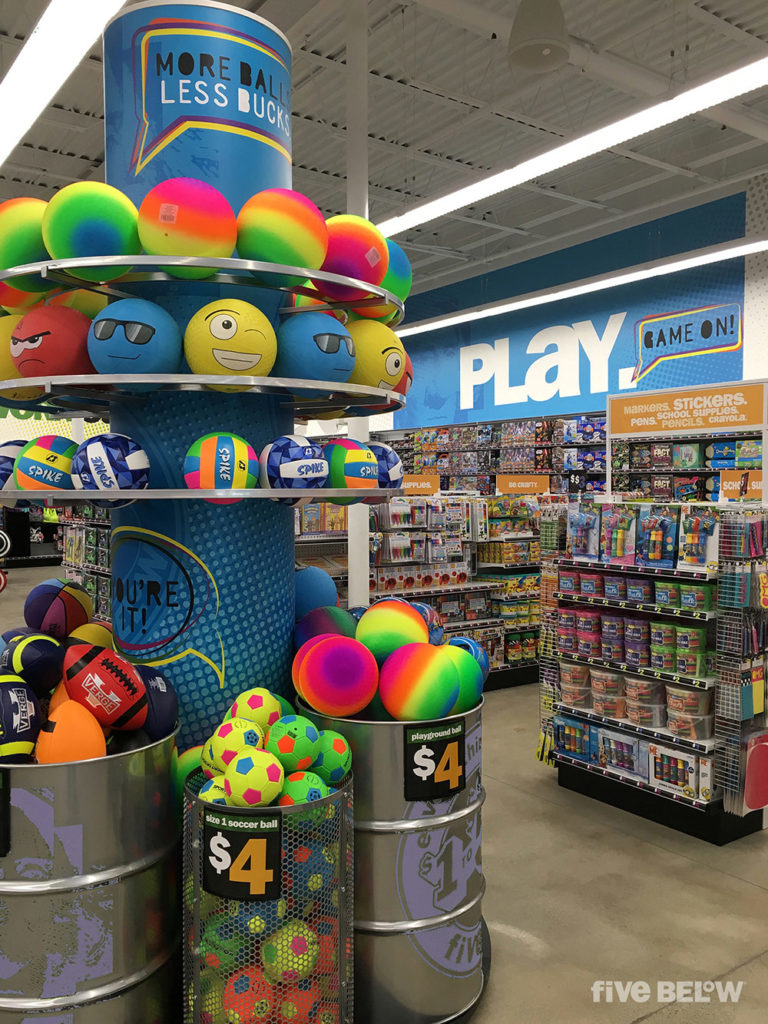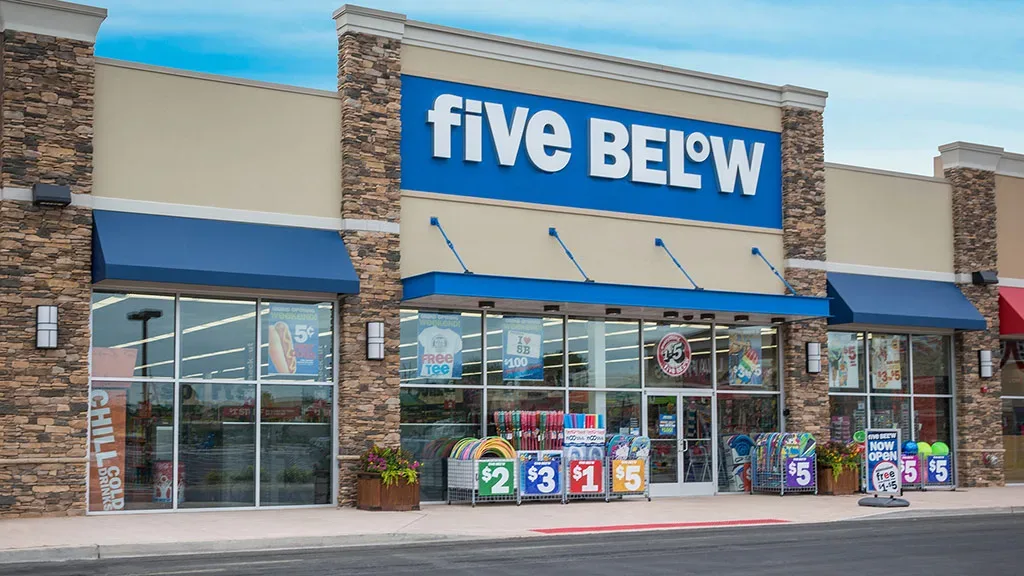
Five Below has revised its outlook for 2022 as the discount retailer reacts to consumer preference shifts and challenges in the global supply chain and economic factors.
The retailer, which has become increasingly important in the toys and collectibles space, reported a 7% spike in net sales for the first quarter of 2022 — $639.6 million versus $597.8 million last year — fueled by new store openings. Comparable sales declined 3.6% but the company is currently operating 12.6% more locations than it did during Q1 ’21.
Like its retail peers, Five Below is taking a hit on margin due to increased costs, but unlike Target and Walmart, which have reported large quantities of excess inventory, the company says that it’s in good shape as it moves ahead into the next wave of seasonal selling periods.

“While first quarter sales were softer than expected, disciplined cost management enabled us to deliver against our earnings outlook. We are well-positioned from an inventory standpoint with improved in-stocks and accelerated receipts for summer and back to school,” says Five Below President and CEO Joel Anderson. “We are pleased with the progress our teams are making across our strategic priorities, which are key to delivering on our vision for future growth, the Triple-Double. With the planned openings and conversions in fiscal 2022, we are on track to end the year with nearly half of our stores in the new Five Beyond format.”
For the year, Five Below says it expects comp-store sales to be flat to a 2% decline, but expects that to be offset by new store openings.
On a call with investors and analysts yesterday, Anderson — a former Toys “R” Us and Walmart executive — noted that Five Below was successful during the recession of 2008 and that by offering value and exciting new products, he expects the company to thrive amid the challenges it may face in the months ahead. This is particularly interesting in the toy space.
“I think as we especially get closer to holiday — the back half of the year — we’re going to see a lot of customers start their trip at Five Below rather than finishing their trip because they know the value that they’re going to find there,” he says, noting that even if the company moves from a discretionary retailer to a needs retailer in the months ahead, there is a bright spot.
“History would tell us, and certainly from the days of Toys “R” Us, that the last place the consumer will cut is for their kids,” Anderson says. “We see no reason that will change this year, and that is why we are so focused on the value message as we look ahead to the second half of the year.”

